Santiago Forero
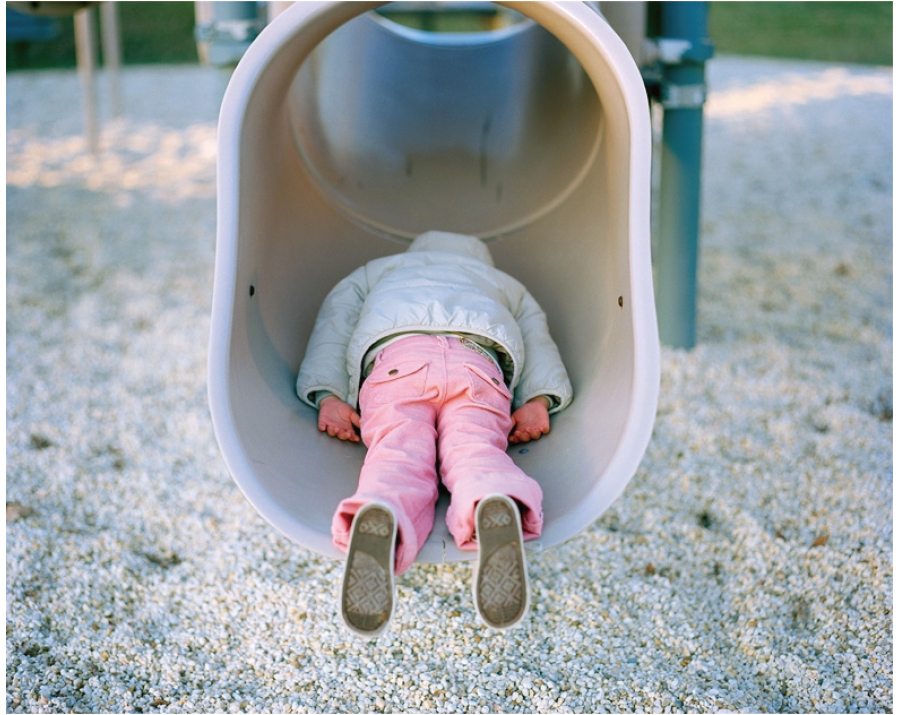
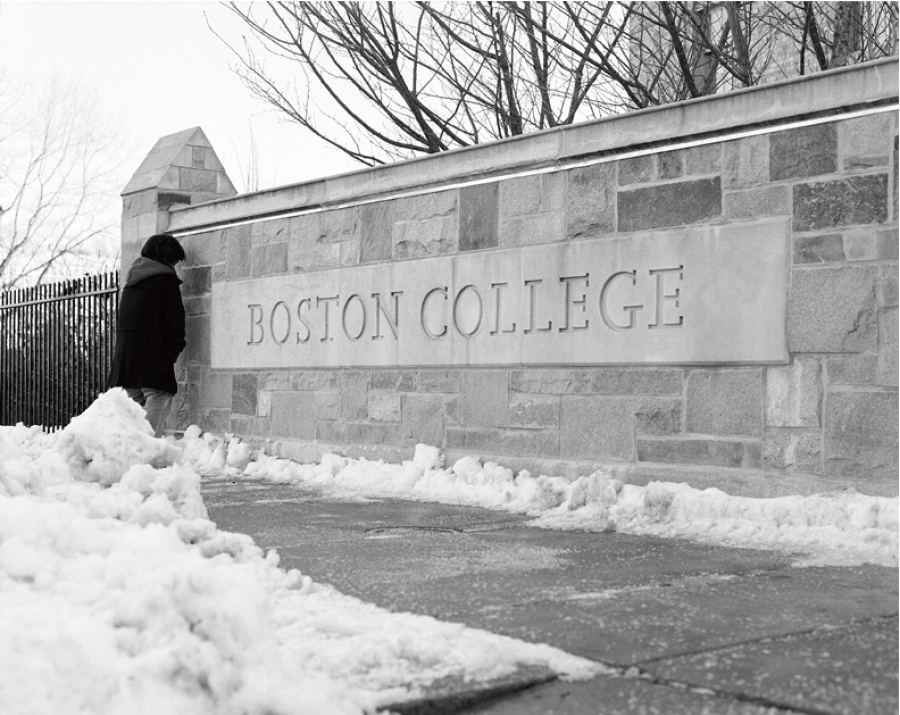
Santiago Forero is a visual artist that experiments primarily through self reference using a singular sense of humor and various supports like photography, video and new media. In this exhibition
you will see his 26 works, from his following series:
「Story About Gnomes」・・Photographed himself and his niece, generating ambiguous relations between both figures with the action, the place and the posture.
「Cell-Portraits」・・・Unique Selfie works by smartphone, taking most of his body out of the frame intentionally.
「Ambiguous Pisser」・・In a performative act of urinating in from of the main universities of the United States, intended to depict the “Bad Education” in the world.
「I Want to Live in America」・・Represented the images of his American Dream with bright colors and lights, reflecting the stereotypical images.
コロンビア出身のサンティアゴ・フォレロ氏は、特異なユーモアのセンスと、写真やビデオなどの様々な新しいメディアを活用し、自己を通して表現するビジュアルアーティストです。この展覧会では、彼の下記の作品
シリーズの中から26点をご紹介しています:
「Story About Gnomes」・・自分自身と姪を撮影し、2人の動きや姿勢によって、大人なのか子供なのか主観的な概念を覆えす表現をしている。
「Cell-Portraits」・・・・・携帯電話のセルフィー機能を使い、自分の小さな身体を利用して本人が写っていないユニークなポートレートを撮影した。
「Ambiguous Pisser」・・・米国の主要大学の正面で排尿するという無作法な行為によって、自国コロンビアとの「教育格差」を表現したシリーズ。
「I Want to Live in America」・・鮮やかな色彩や光でステレオタイプなイメージを写し出し、彼自身の考えるアメリカンドリームを表現している。
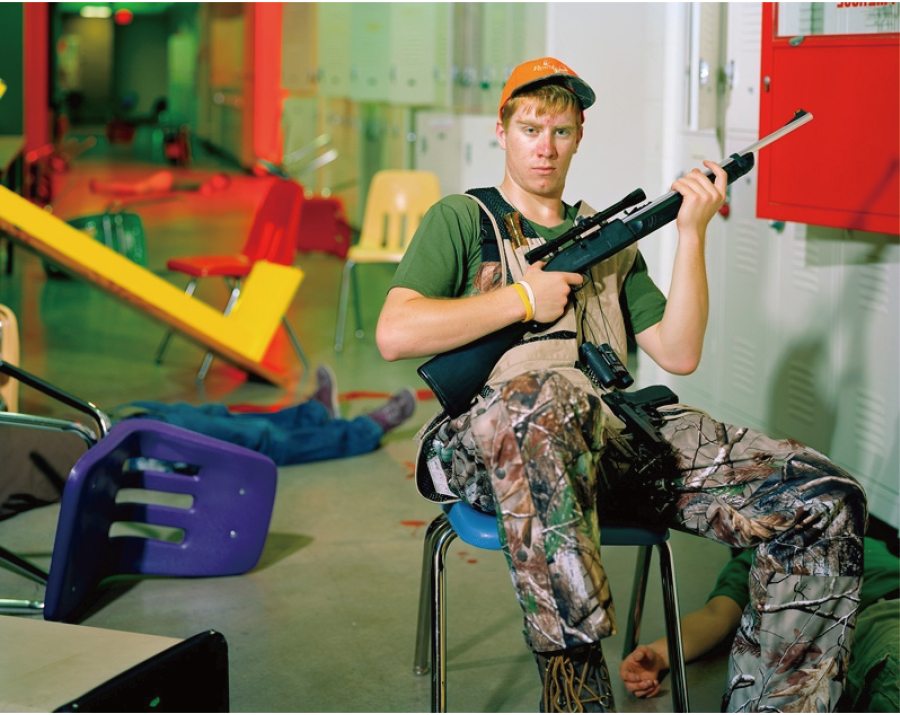
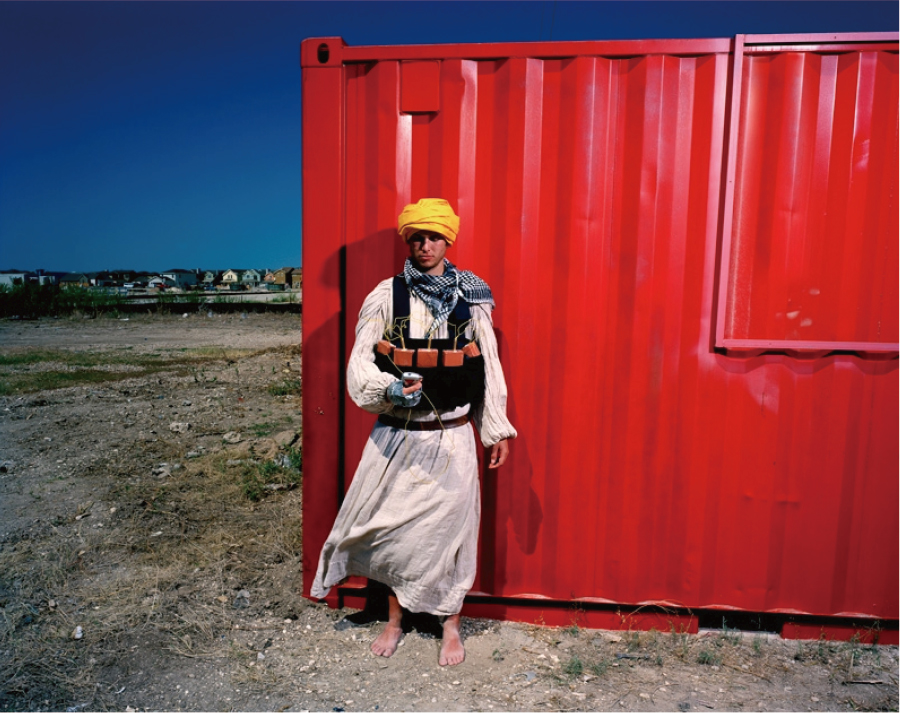
INTERVIEW
-Firstly, will you tell us how you started photography?
I remember when I was in High School I took some Black and White Photography (Darkroom) elective courses. Additionally, when I enrolled in a Visual Arts program as an undergraduate student I
took most of the photography classes that were available. For finishing my path in art school I decided to make my thesis project using photography, nevertheless I was enrolled in a program where
the emphasis I chose was filmmaking. I think that my relation with photography has been strongly sustained by my academic experience. Probably my thesis project in 2005 titled El Sureño
Americano defines the start in my career in photography.
– まず、写真を始めたきっかけを教えていただけますか?
高校生の時に、選択科目で白黒写真のクラスを取りました。更に、学部生の時に視覚芸術プログラムに登録し、可能な限り全ての写真クラスを受講しました。 美術学校での過程を終える頃、写真を使った卒論プロジェクト
を考えていましたが、私が選んだのは映画制作を重点的に行うプログラムでした。 私と写真との関係は、このような学歴によって強く促進されたと思います。 おそらく2005年の卒論プロジェクト「El Sureño
Americano」が、私の写真キャリアの始まりと言えるでしょう。
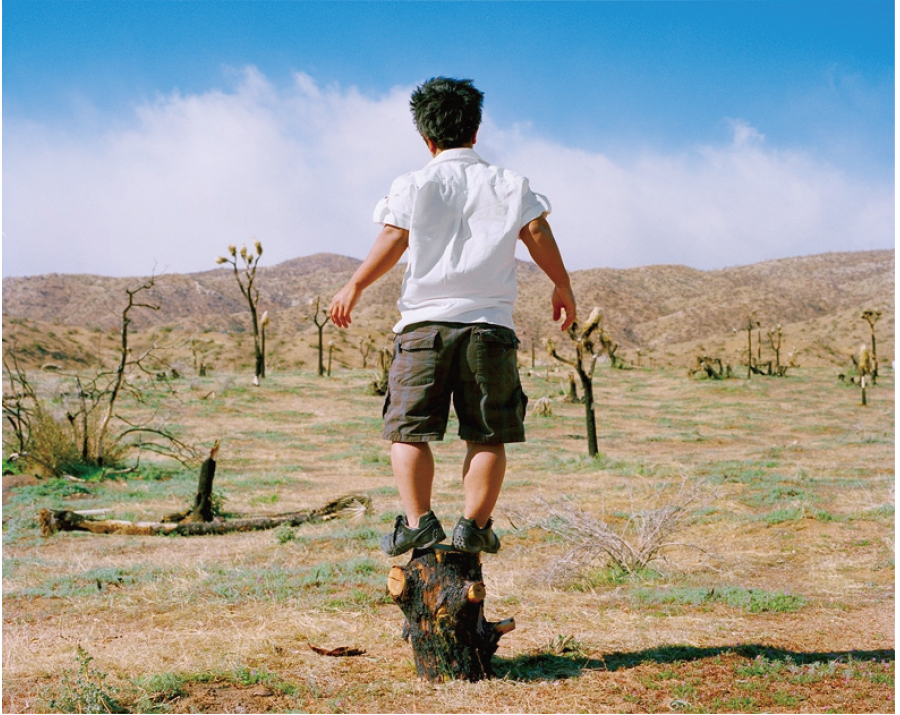
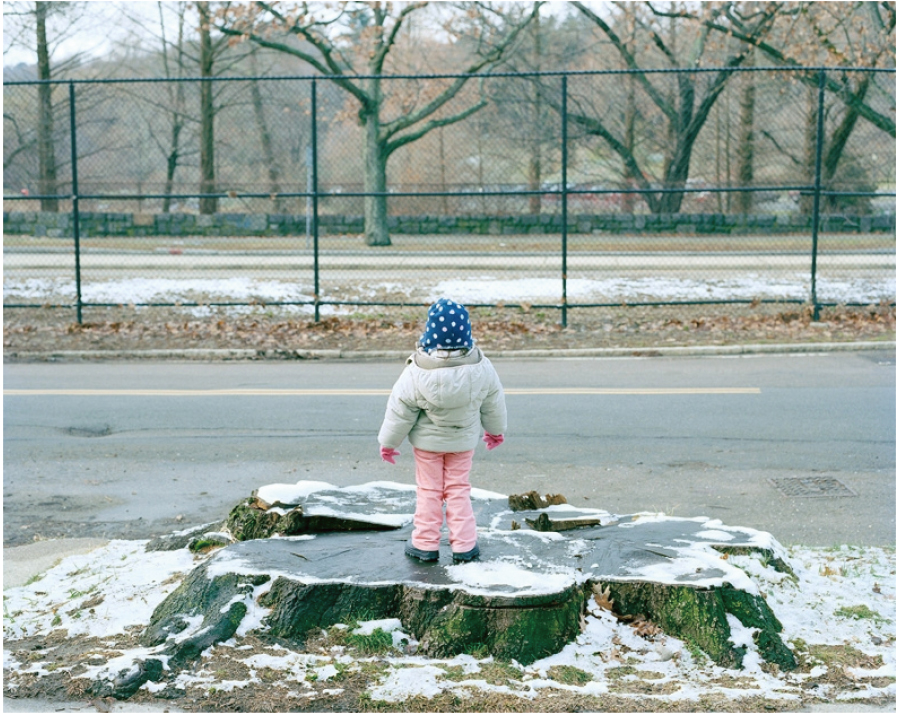
-Where is the main base of your current activity as a photographer?
I work in Bogotá, Colombia, my hometown and the city where I have lived most of my life.
– 写真家としての現在の活動の拠点はどこですか?
私は、自身の故郷であり人生のほとんどを過ごして来た コロンビアのボゴタで活動しています。
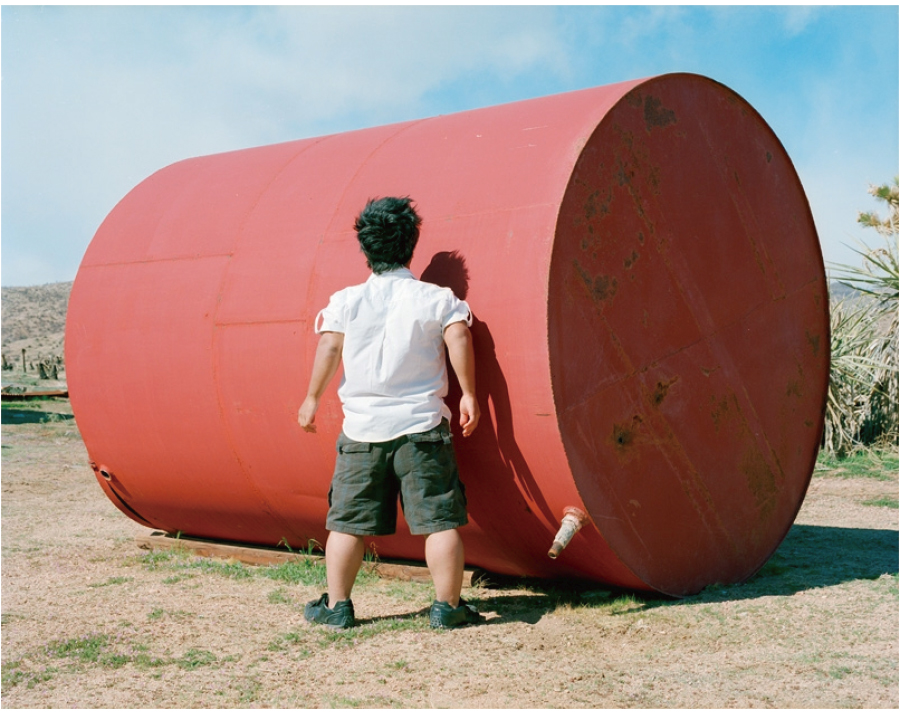
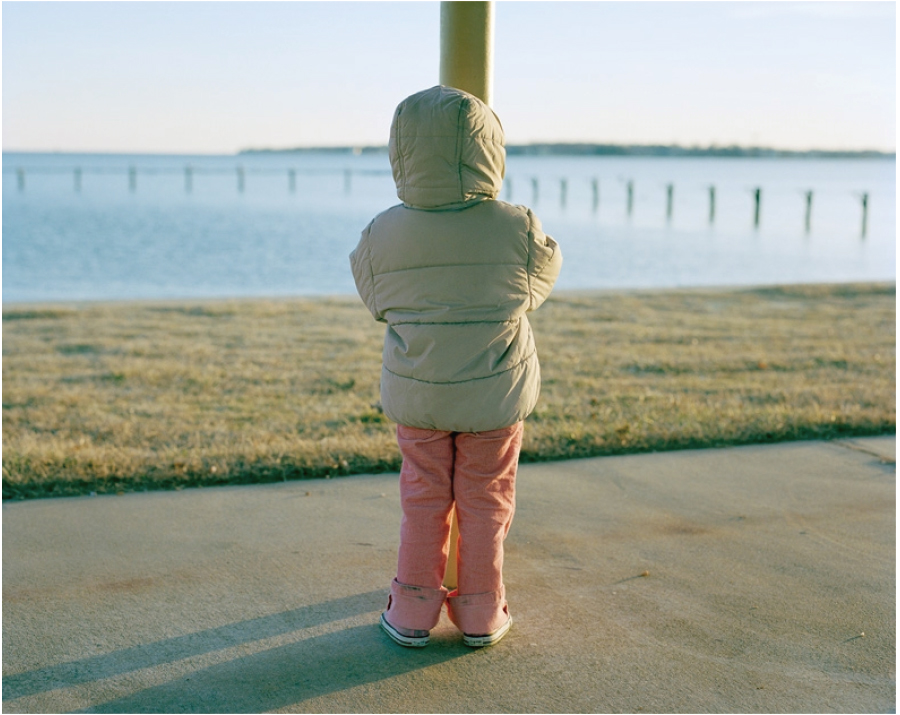
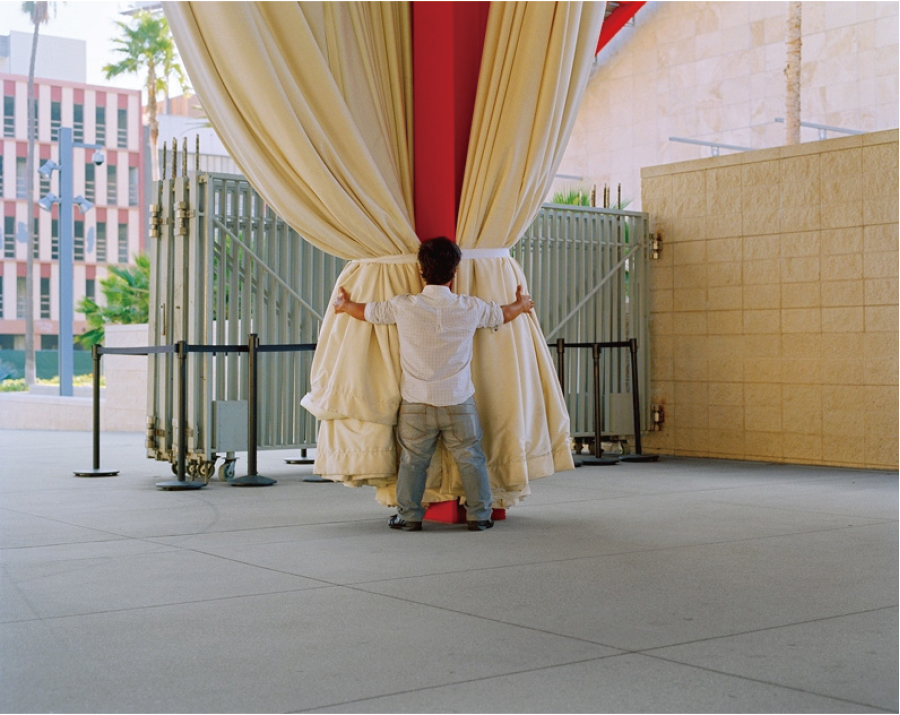
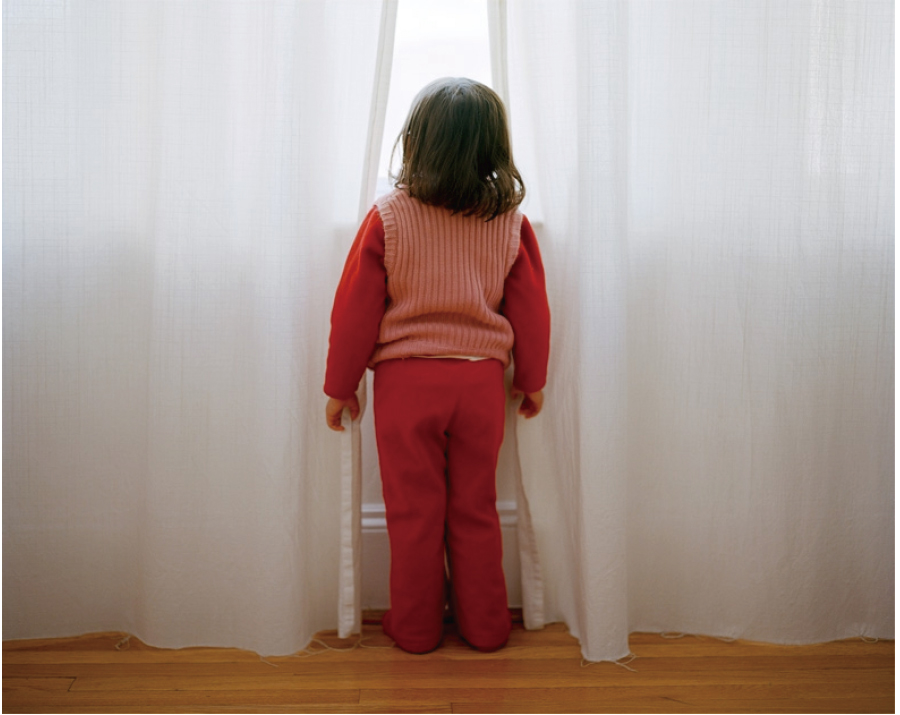
-Is there any specific reason why you have returned to Colombia after your studying in the US?
Two years after finishing undergraduate school I decided that I wanted to go to graduate school to focus my practice in photography specially the context of art. I applied to various programs in the
United States because I came from a High School strongly oriented by U.S. education and I wanted to take advantage of my second language that is English. After applying to some art schools I was
accepted at The University of Texas at Austin where I enrolled in a Studio Art (Photography) three-year program focused in artwork production. When I was graduating most of my friends were
moving to Los Angeles and New York, two of the cities supposed to have most of the opportunities for artists. However, I decided to stay in Austin and begin my OPT (Optional Practical Training)
an opportunity that the U.S. government give to international students to work for a year after finishing school. I worked teaching at UT Austin and as a creative producer in an advertising agency
focused in the multicultural market. I decided to come back to Colombia because I had an academic debt and didn’t want to stay in the U.S. just for staying. I really wanted to go to a place where I
could continue making my work. There is no place better than your hometown to start over.
– 米国での学業を終えコロンビアに移られたようですが、何か理由がありますか?
学部を終えて2年後、私は、主に芸術の環境下で 写真学の実践に集中するため、大学院に行こうと決めました。私は非常に米国志向の教育を行う高校に通っていたこともあり、また自分の第2言語である英語を利用したいと
考え、米国内の様々なプログラムに応募しました。いくつかの美術学校に応募した後、オースティンのテキサス大学で受け入れられました。そこでは、スタジオアート(写真)科に3年間在籍し、作品制作に焦点を当てたプ
ログラムに参加しました。卒業時、ほとんどの友人が、アーティストにとってチャンスがたくさんあるLAとNYに移って行きましたが、私はオースティンに残り、OPT(Optional Practical Training)を開始することに決
めました。これは、米国政府が留学生に学業を終えてから1年間働く許可を与える制度です。私は、オースティン大学で教鞭をとり、多文化市場に焦点を当てた広告代理店でクリエイティブプロデューサーとしても働いてい
ました。私には学業上の負債があったため、ただ滞在するというだけでは米国に残りたくなかったので、その後はコロンビアに戻ることにしました。私は本当に自分の作品制作を続けられる場所に行きたいと思っていまし
た。再出発するのに故郷よりもふさわしい場所は他にありません。
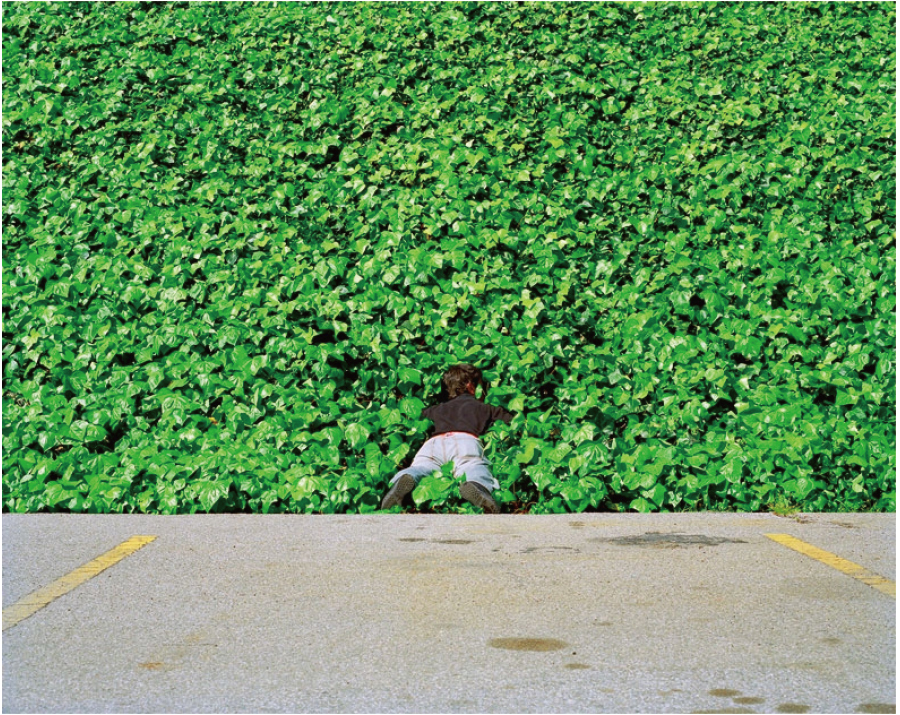
-How do you think your past experiences influence your work?
My work is strongly influenced by my experience as a member of society. I think that with my artworks, I intend to render specific ideas of the actual context that surrounds me, especially media
and historic imagery that calls most of my attention and I investigate it to create projects in response to.
– 過去の経験がどのように作品に影響を与えているとお考えですか?
私の作品は、社会の一員としての自分の経験に強く影響を受けています。 私は自分の作品によって、自分を取り巻く現在の状況、特に関心のあるメディアや歴史的イメージ の明確な主題を表現したいと考えています。そし
て、それに応じたプロジェクトを制作するために研究をします。
-What it the most important thing to you in producing works?
Probably criticism, attention to detail, humor, exploration and risk are aspects that motivate me to produce images. I always intend to open the reading of my work as extended it can be so the
viewer leaves with more questions than answers.
– 作品制作において、最も重要と考えていることは何ですか?
おそらく、批判的精神、細部への配慮、ユーモア、探究心、そしてリスク、これらは私がイメージを生み出すモチベーションとなります。 私はいつも自分の作品の解釈を出来るだけ広くオープンにして、鑑賞者に答えよりも
多くの疑問を残せるようにしています。
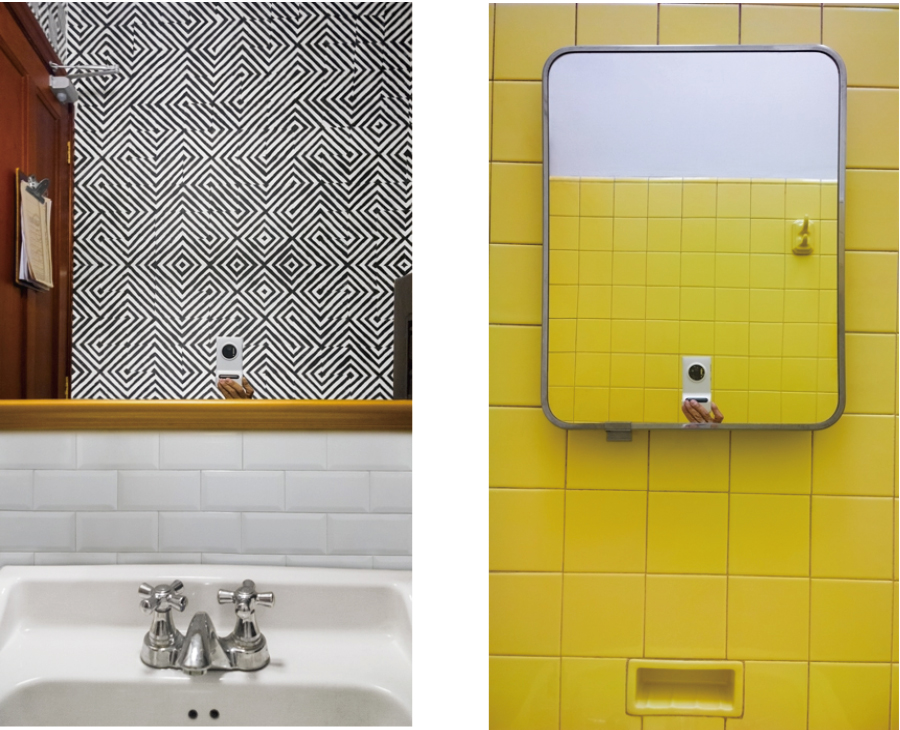
-Do you have any particular preference regarding cameras (equipments) you use?
I have been working professionally with film for the past 13 years. I want to use film until it becomes an specialty, it feels more like an art practice. Nevertheless, I also work with digital cameras.
Probably I use the best of both worlds to produce my work, in part the uncertainty of film and the precision of the digital workflow, specially the ossibilities of post production that analogue
photography can’t offer you. In my practice I work with different type of equipment, specially oriented to amplify the content of my work. For example, for series like Cell-Portraits I needed to work
with a phone rather than with a professional camera. Perhaps, if those photos were done with an SLR the result will not be the same. For series like Action Heroes I used a 4×5 film camera because
it really challenged me to capture “action” with an equipment that is specifically made for very static subjects like architecture and landscapes.
– 使用しているカメラ機材にこだわりはありますか?
私は過去13年間、専門的にフィルムを使って制作をしてきました。 私はそれが自分の得意分野になるまでフィルムを使いたい…言わば芸術表現の練習のような感じです。 けれども、私はデジタルカメラでも制作をします。
おそらく私は 作品制作のために、フィルムの不確実性とデジタル作業の精度、特にポストプロダクションがアナログ写真では実現できない可能性を考慮して、2つの分野のベストな部分を利用しているのです。実践では、
特に作品の内容を拡充することを重視して、異なるタイプの機器で製作します。例えば「Cell-Portraits」のようなシリーズでは、専門的なカメラではなく、携帯電話のカメラで制作する必要がありました。おそらくそれら
の写真がSLRで撮られた場合、結果は同じではないでしょう。「Action Heroes」のようなシリーズでは、私は4×5フィルムカメラを使用しました。なぜなら、建築や風景のような静的な被写体に対して特別に作られた機器
で「アクション」を捉えることが、非常に私の意欲を掻き立てたからです。
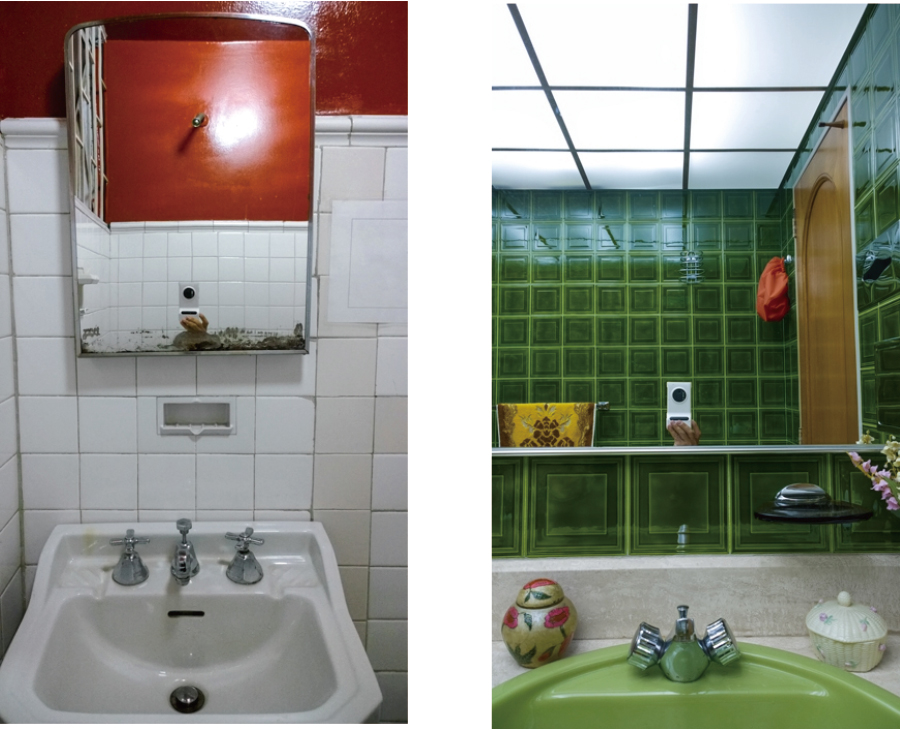
-You have many self-portrait works, but will you tell us what lead you to this idea of appearing yourself in your works?
At some point my photographic series began to focus in staged scenes like the ones you can see in I want to live in America.
Then after having a conversation with one of the most important mentors and artists I know, Teresa Hubbard, she told me that with my images I was pointing a mirror at everyone, and asked me
what happened if that mirror turned back to me. I took it literally and began to make self-portraits, however that transition also was pushed by conversations I was having with friends and by
other series like View from below where I used to photograph parties and appeared in many of the images.
– あなたの作品はセフルポートレートが多いようですが、このようなアイデアに至った経緯を教えていただけますか?
いつからか、私は作品制作において、「I Want to Live in America」のシリーズに見られるような、演出された場面に重点的に取り組むようになりました。 それから私が知る最も大切な師でありアーティストの一人
Teresa Hubbard氏と会話した後、彼女は私に、私は自分の作品によって人々に対して鏡を向けているようだと言い、またその鏡を自分の方に向けたら何が起こるだろうかと尋ねました。 私は文字通りそれを受け取って
セルフポートレイトを制作し始めましたが、そのような変化は、私の 友人との会話や 、パーティーの様子を撮影した「View From Below」のようなシリーズによってさらに推し進められました。
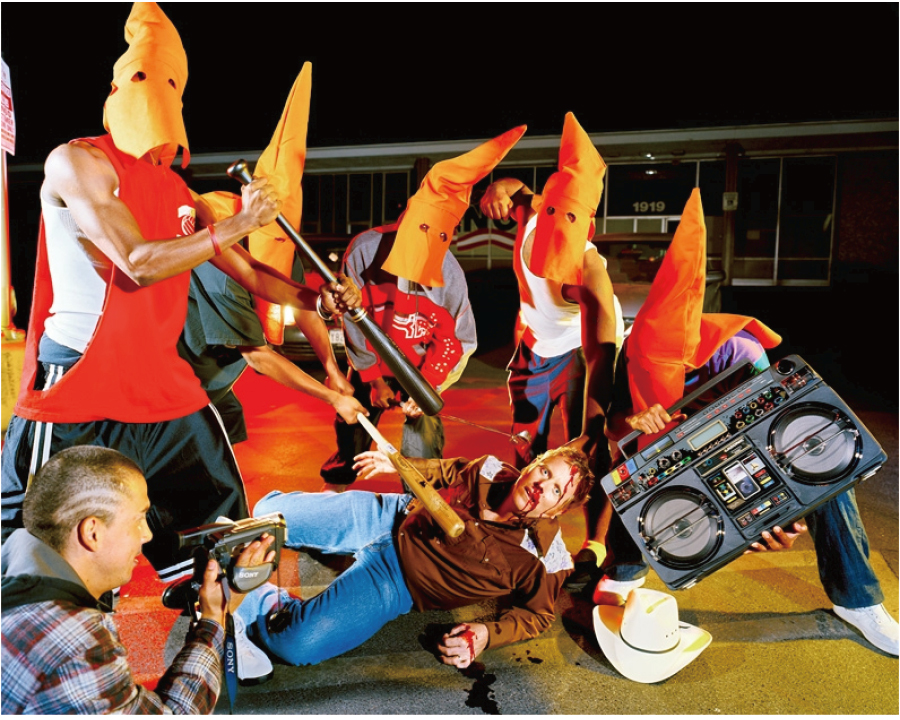
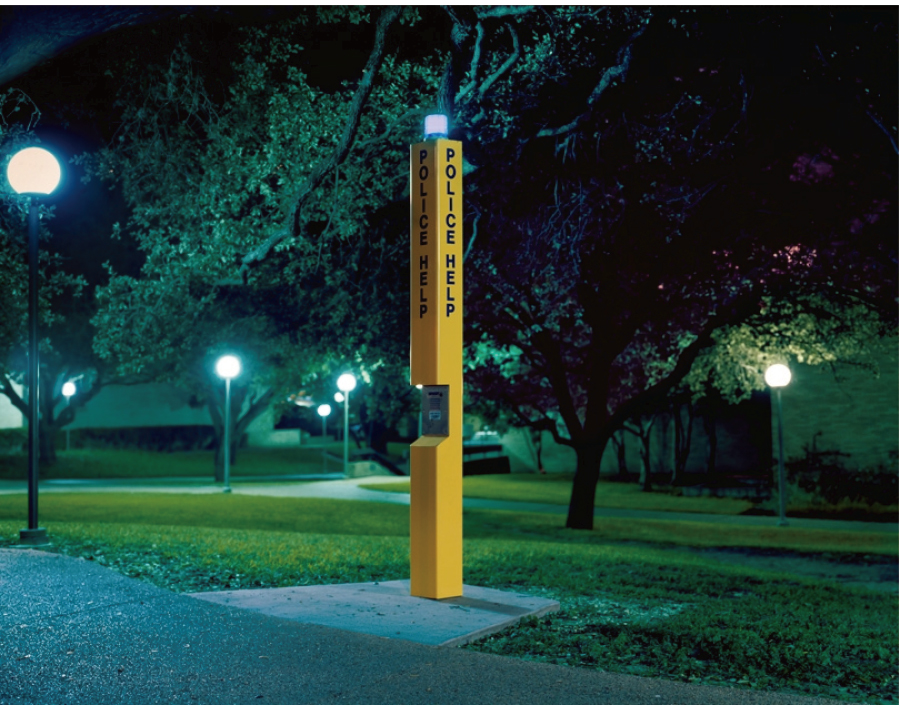
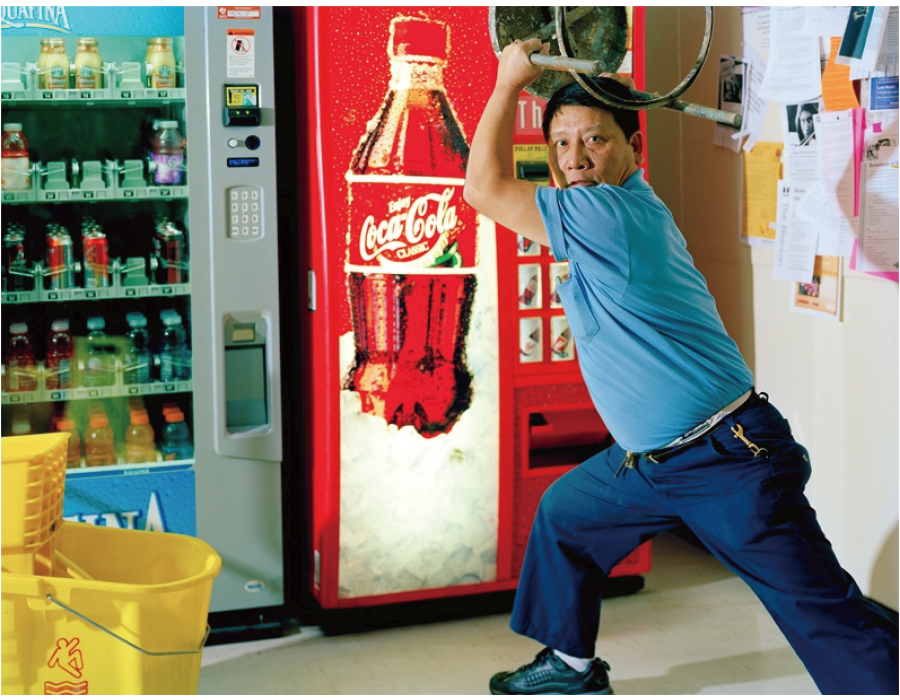
-Is there any artist or photographer that has inspired your works?
Art has been one of the sources I have always visited to create images, specially artists working with photography that make very compelling work. From Cindy Sherman to Phillip Lorca diCorcia,
up to other artists I meet at artist residencies or in the academic world, they push me to keep working. I have so many favorite artists but to tell you a few I can say Tseng Kwong Chi,Teresa Hubbard
and Alexander Birchler, Jeff Wall, Mike Osborne, Larry Sultan, Andreas Gursky, Stan Douglas… so many.
– 自身の作品に影響を与えたアーティストやフォトグラファーはいますか?
芸術は、私が常に作品を制作するために頼るアイデア源の1つで、特に魅力的な作品を制作している写真のアーティストに刺激をもらっています。 Cindy ShermanからPhillip Lorca di Corciaまで、その他アーティスト
レジデントで出会うようなアーティストたちから学術界のアーティストまで、彼らが私に制作を続けるよう背中を押してくれています。 私には非常にたくさんの好きなアーティストがいますが、何人か挙げるとしたら、
Tseng Kwong Chi, Teresa Hubbard, Alexander Birchler, Jeff Wall, Mike Osborne, Larry Sultan, Andreas Gursky, Stan Douglasなどです。
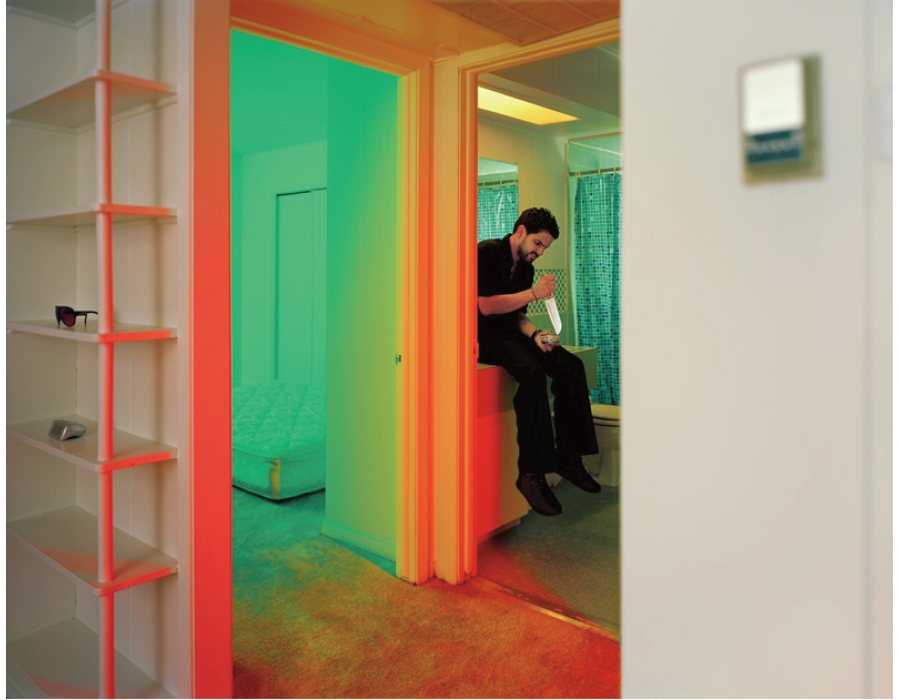
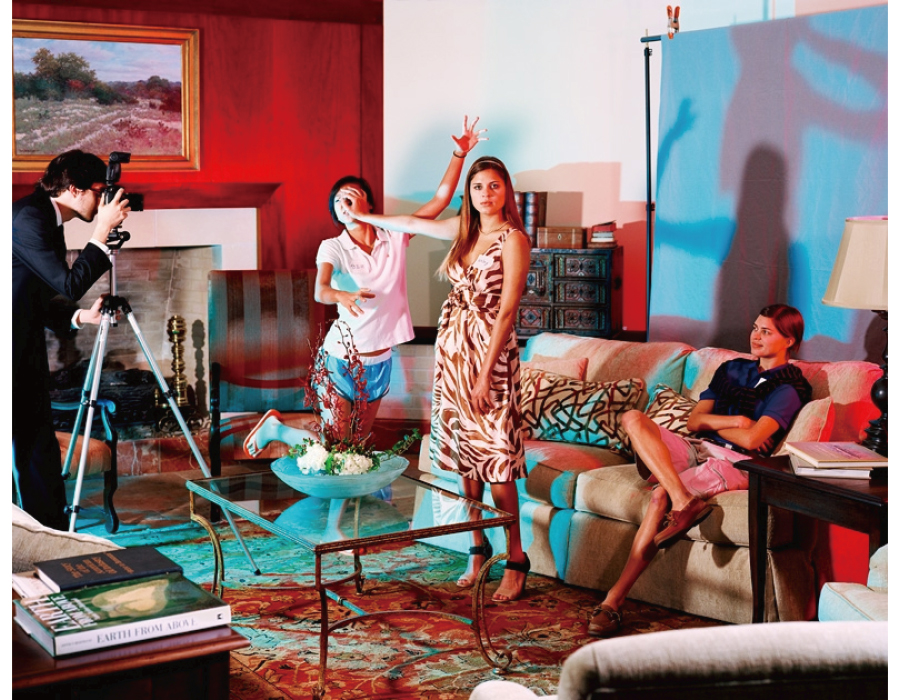
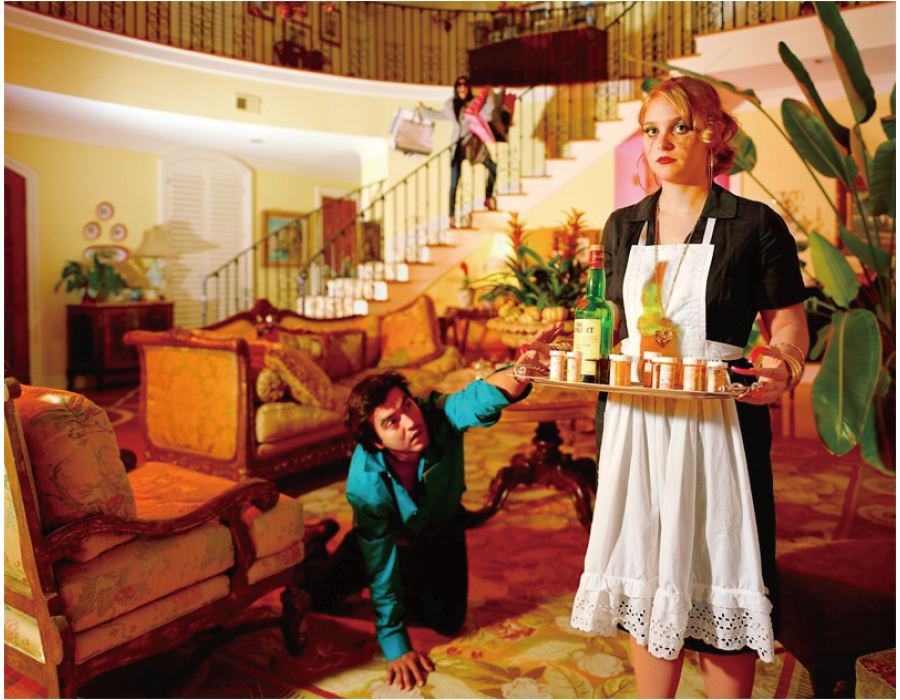
-Would you recommend any Colombian photographer you are interested in?
Miguel Angel Rojas, Juan Pablo Echeverri, Ana Adarve, Liliana Angulo, Alberto Baraya, Jaime Avila among others.
– お薦めのコロンビアのフォトグラファーを教えていただけますか?
Miguel Angel Rojas, Juan Pablo Echeverri, Ana Adarve, Liliana Angulo, Alberto Baraya, Jaime Avila などです。
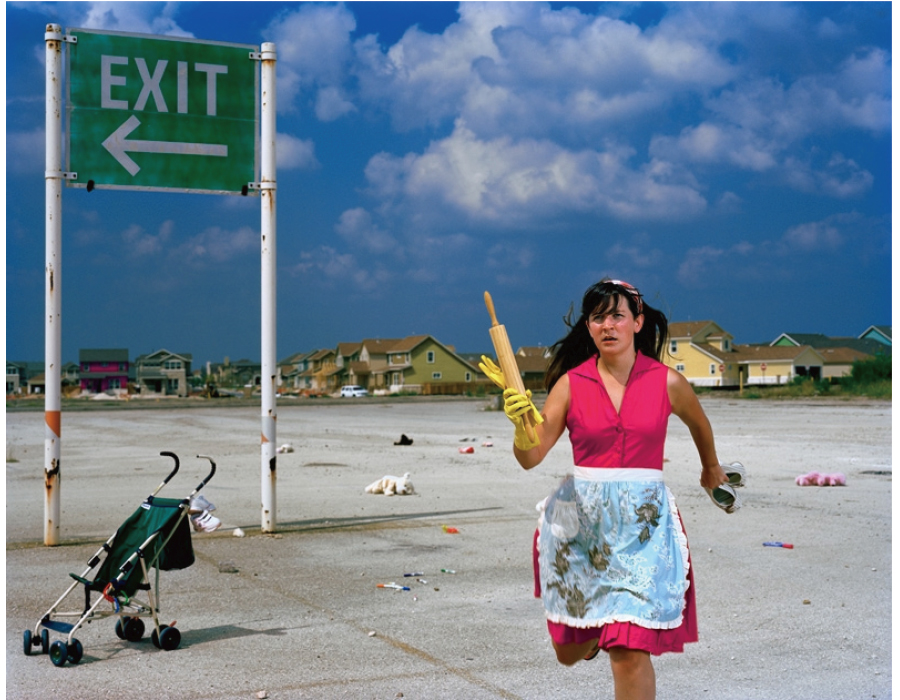
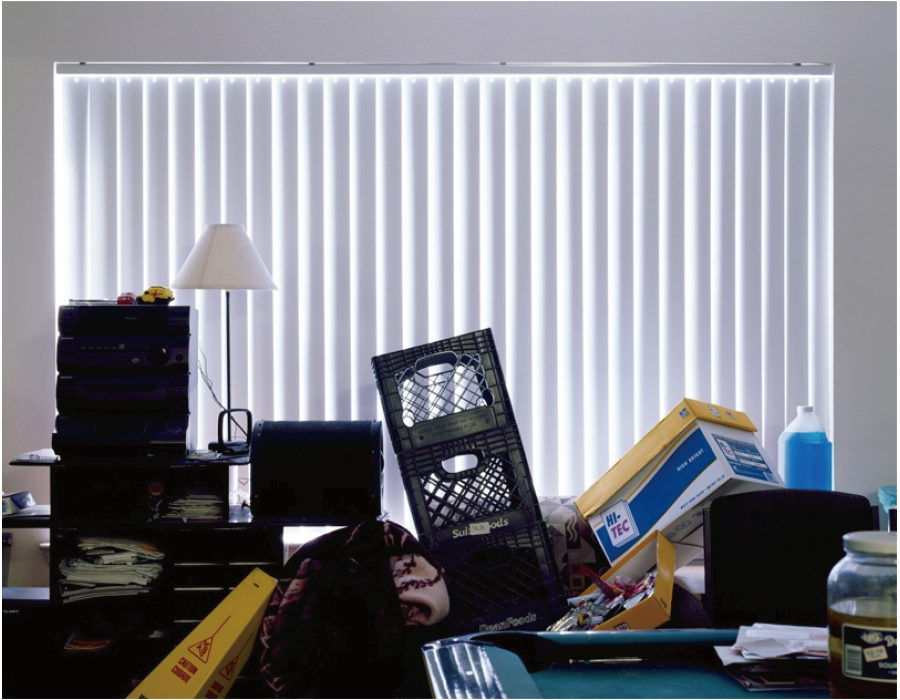
-Are you interested in Japan? Any Japanese Artist you know?
I have always been very interested in two countries, Japan and Iceland. Never had the opportunity to visit them because both are really far away from were I live and the more you become an adult
your adventurous self also gets lazy. However, I can’t imagine being in a country like Japan where everything is different, like the language, the culture and the architecture.
I really want to visit some day. My biggest photography reference from Japan is Nobuyoshi Araki, one of my professors howed me his work when I was in undergraduate school. He has an extremely
intriguing, risky and solid work.
– 日本に興味はありますか? 知っている日本人アーティストはいますか?
私はいつも日本とアイスランドに非常に関心を持っています。 両国とも私が住んでいる場所からとても遠く、また大人になるにつれて冒険的な部分も怠慢になってしまうので、今まで訪れる機会はありませんでした。
言語、文化、建築などすべてが異なる日本のような国に行くことを想像もできませんが、 いつかは本当に訪れてみたいと思っています。私が写真を最も参考としている日本人は、荒木経惟です。私の教授の一人が、学部生の
時に彼の作品を見せてくれました。 彼の作品は、非常に興味深く危険で、堅実な魅力があります。
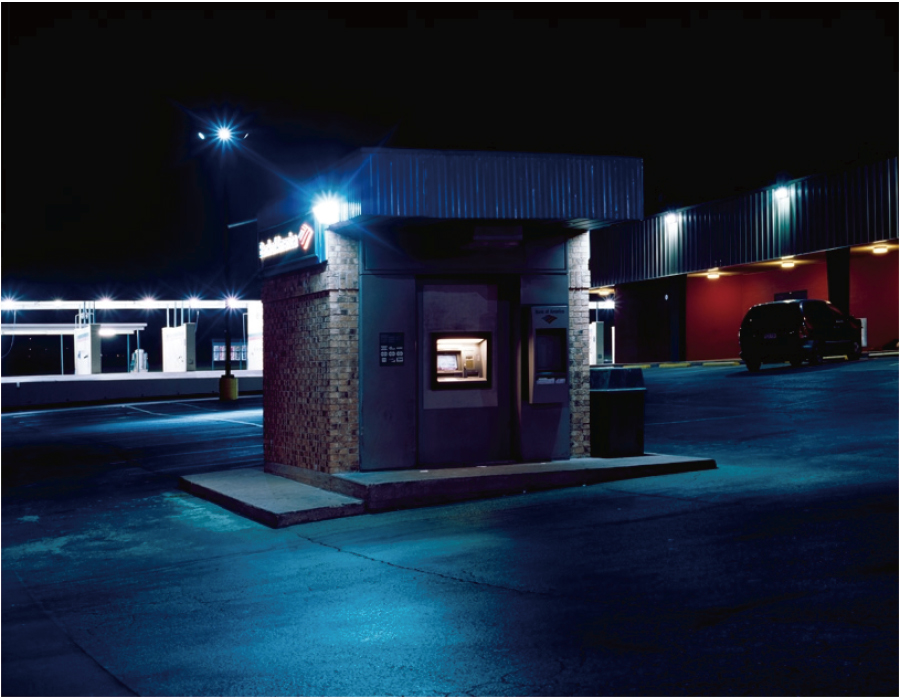
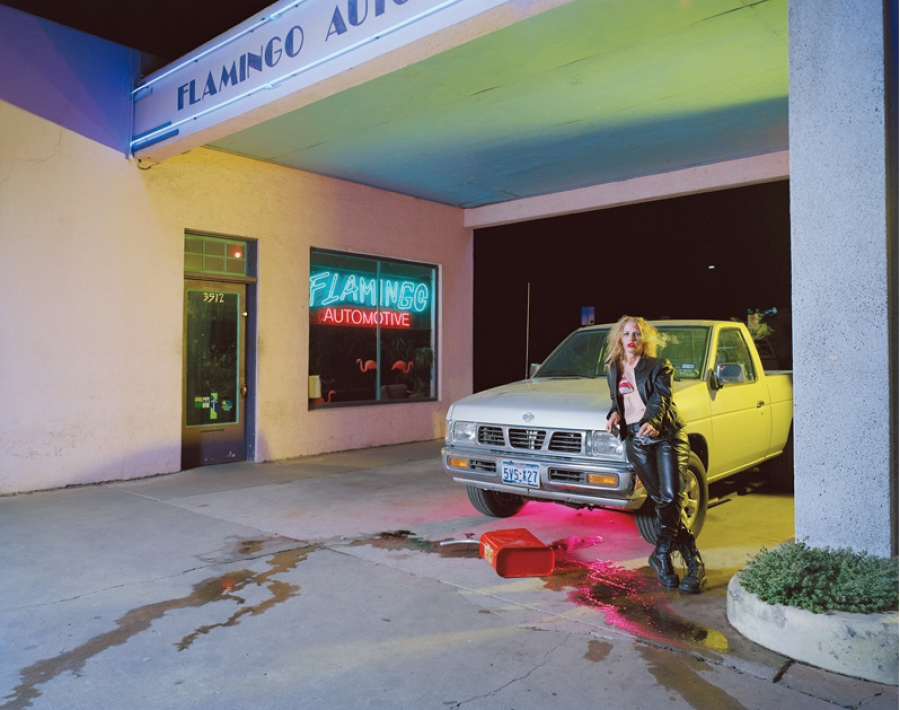
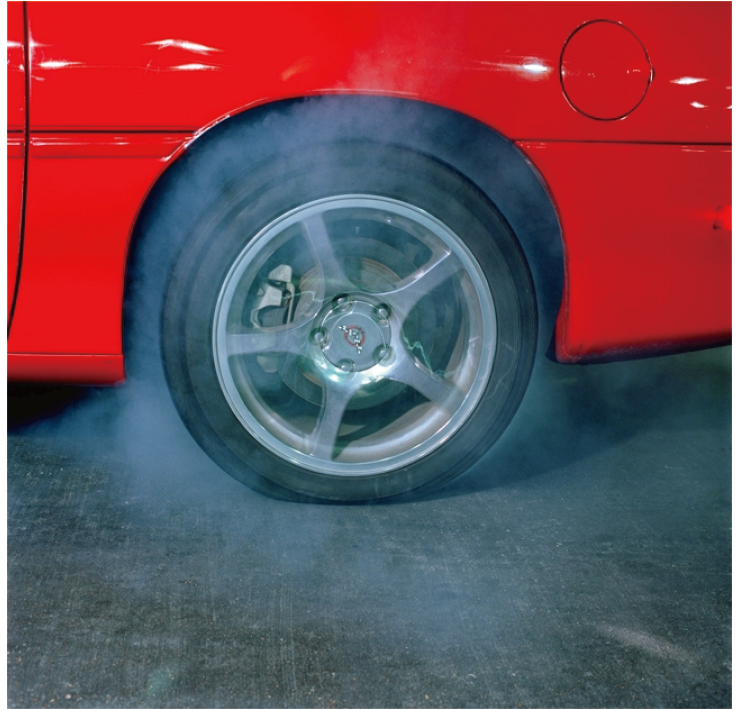
-Have you ever undertaken commercial works? If not would you be interested in doing them in the future?
I worked in editorial photography for a couple of years and I didn’t like it. Probably because I don’t like people to tell me what to photograph or what to make work about. I respect the profession,
however I realized I didn’t feel comfortable doing it so I just work on my own making artwork. What I really enjoy about doing my work is that if I mess it up, it will affect nobody. Nevertheless, if
you ruin a commercial or editorial work, you will get in trouble and probably they will not hire you again. My work depends a lot in mistakes and failures, and that is something that you can’t do
in commercial work.
– コマーシャル写真の仕事をされたことはありますか?もしなければ、今後することに興味はありますか?
私は何年か広告写真の仕事をしていましたが、あまり好きではありませんでした。 おそらく、私は何を写真にするか、何について作品にするのかを問われることが好きではないからだと思います。 職業として尊重しては
いますが、私自身は居心地が良いとは感じなかったので、ただ自分の作品を制作することに尽力しています。 私が仕事を本当に楽しいと感じるのは、私がそれを台無しにしてしまったとしても、誰にも影響しないというこ
とです。 しかしながら、広告や編集の仕事を台無しにすると、困ったことになり、おそらく再び雇われることはありません。 私の仕事は間違いや失敗に大きく左右されるので、それは商業的な仕事ではできないことです。
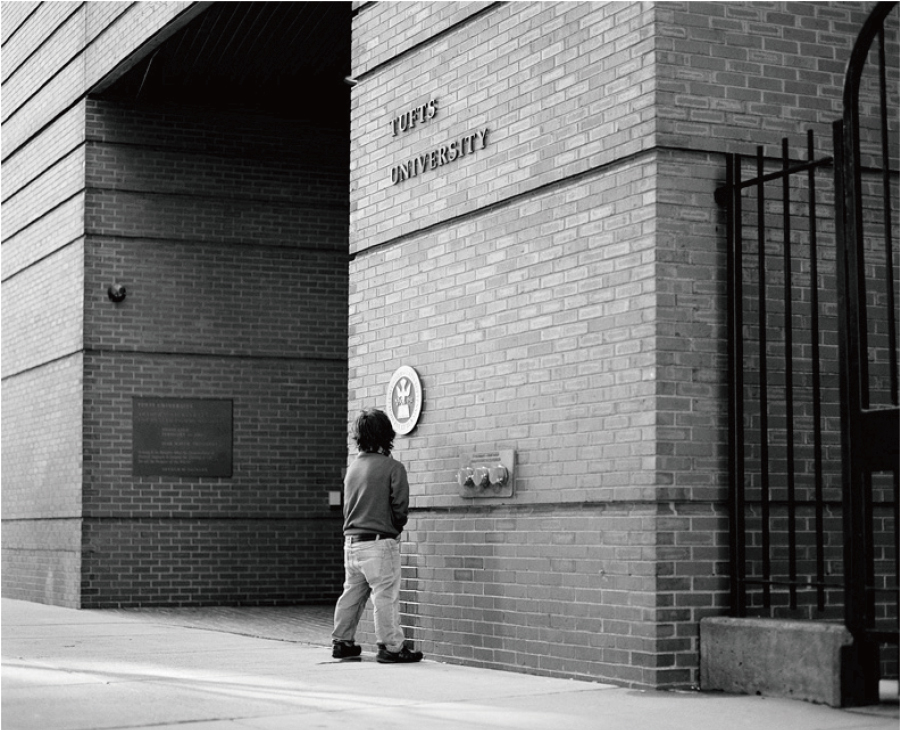
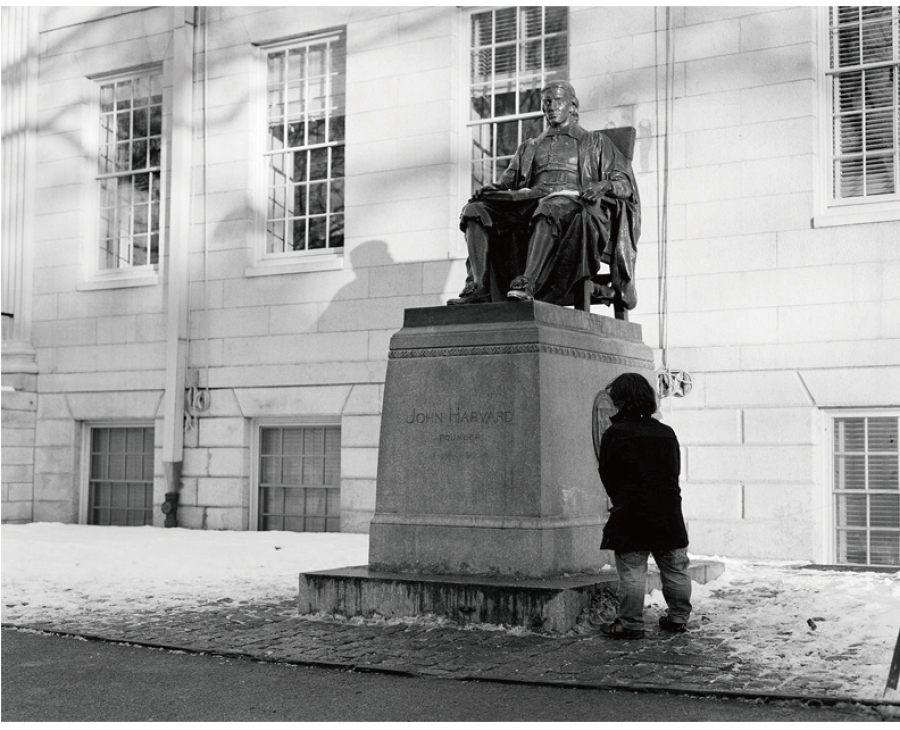
Santiago Forero (1979- Bogotá, Colombia)
Visual artist and a professor of photography.
Obtained B.F.A. (Bachelor of Fine Arts) in Visual Arts, Pontificia Universidad Javeriana in 2005 and M.F.A. (Master of Fine Arts) in Studio Art, University of Texas at Austin in 2010. He is an Assistant
Professor in the Department of Art at Universidad de los Andes in Bogotá.
1979年 コロンビアの首都ボゴタ生まれのビジュアル・アーティスト。
2005年ボゴタにあるバベリアナ大学にてヴィジュアルアート専攻 学士号取得、また2010年には米オースティンにあるテキサス大学にて美術制作専攻 修士号取得。現在、コロンビアの首都ボゴタにあるロスアンデス大学
にて、芸術学科の助教授をしている。


